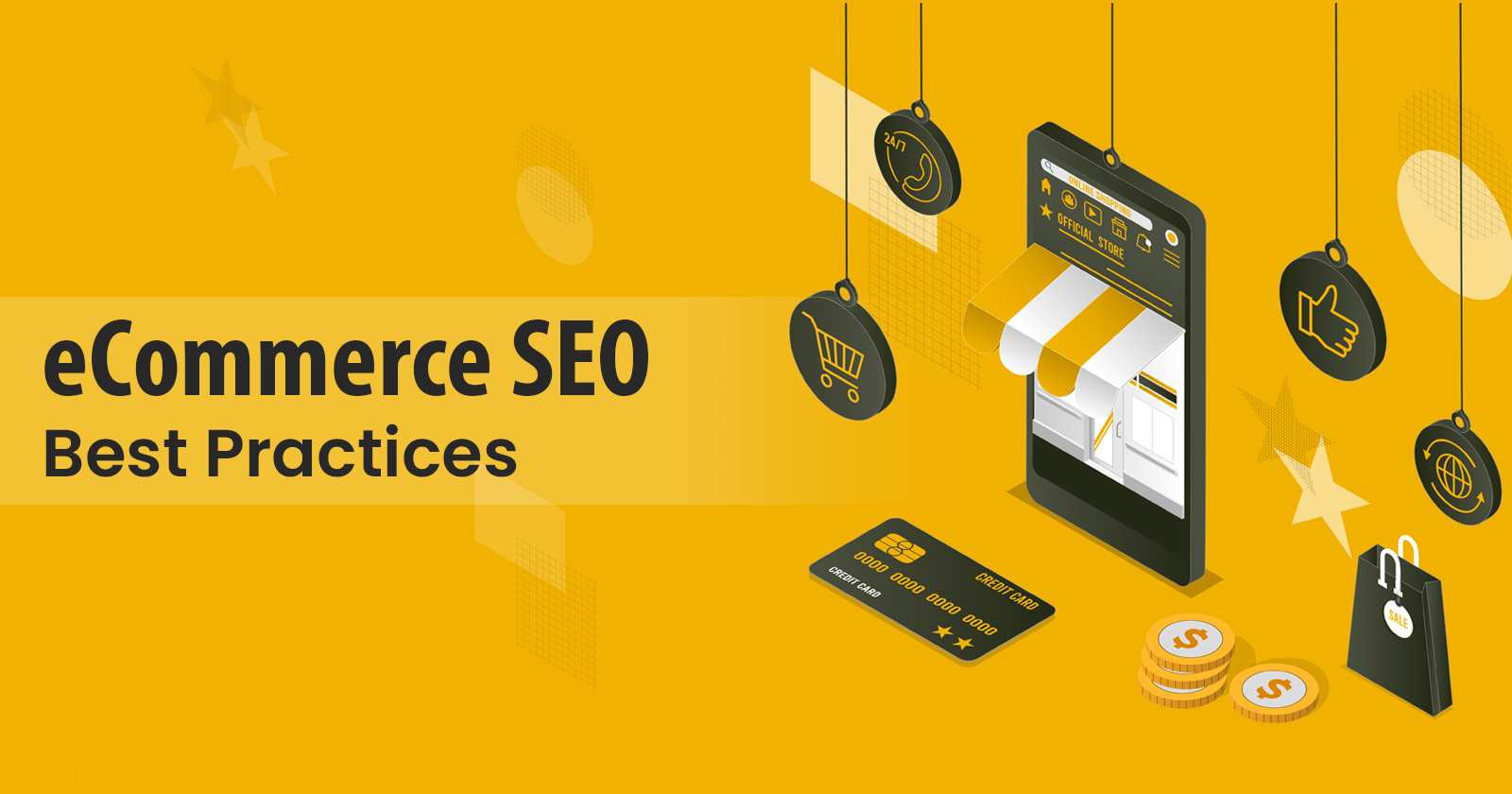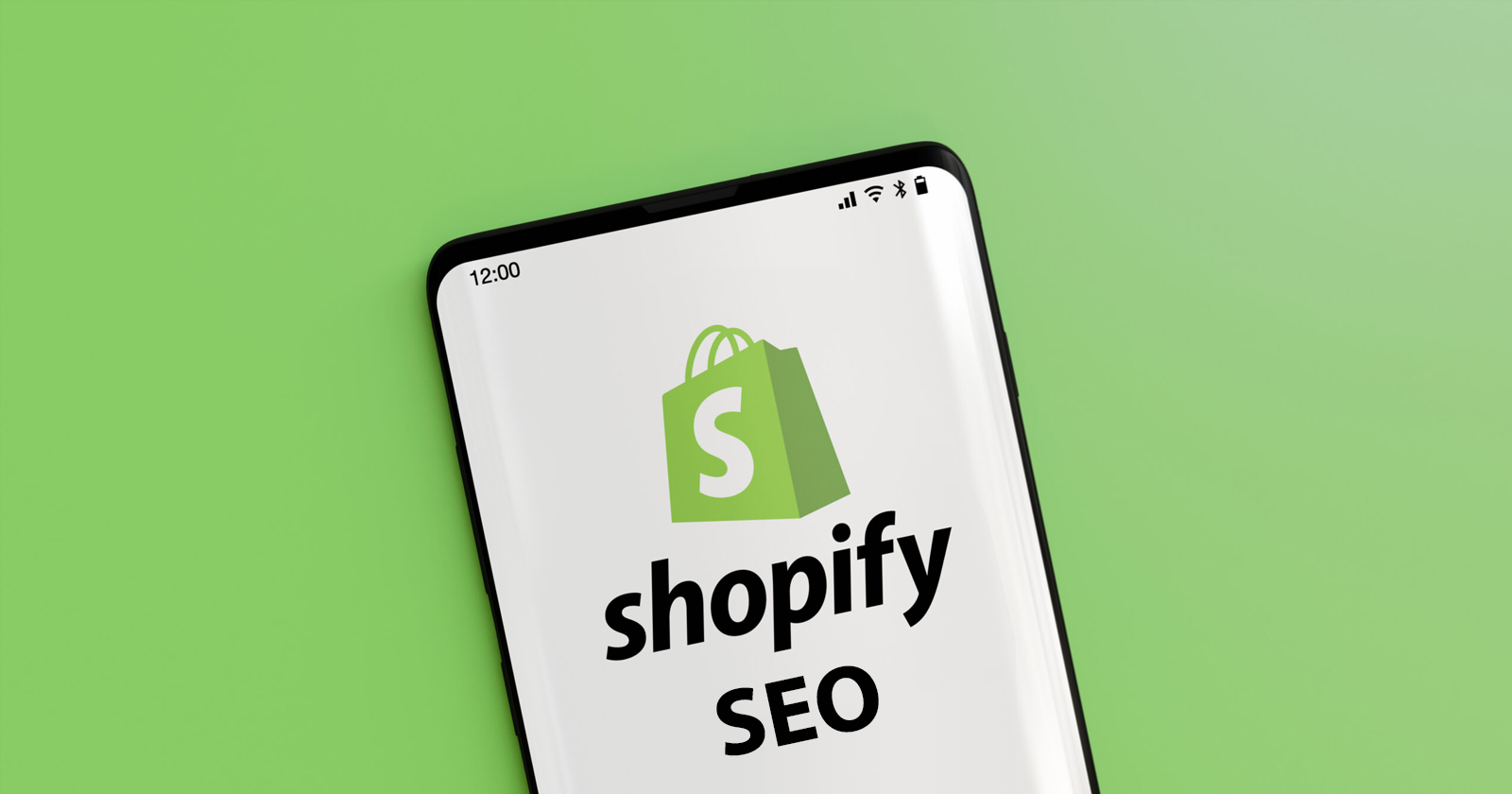As an ecommerce business owner, SEO is a vital tool in driving traffic to your website. While SEO may seem complex, there are several core strategies that can help you reap the benefits of increased visibility and higher profits. In this post, we’ll take a look at ecommerce SEO best practices for optimizing your online store for search engines and increasing its chances of success. From optimizing page speed and creating keyword-optimized content to focusing on mobile optimization, let’s dive into how you can make the most out of SEO for your online store.
One of the best ways to reach new customers is to increase traffic to your eCommerce store, but this is harder to do than it sounds. You could use digital ads, but because ads are getting more expensive by the day, you can’t compete with bigger e-commerce brands for keywords. SEO for e-commerce comes into play here. One of the best ways to reduce your reliance on paid channels, rank higher in Google searches, and increase organic traffic to your website is through search engine optimization (SEO).
What is eCommerce SEO?
The process of increasing your online store’s visibility in search engine results pages (SERPs) is known as ecommerce SEO. You want to rank as high as possible when people search for the products you sell so you get more traffic. Optimizing your headlines, product descriptions, meta data, internal link structure, and navigational structure for search and user experience is typically part of e-commerce SEO. A separate page for each product you sell should be designed to attract search engine traffic.
Why is SEO Important for eCommerce?
When a customer needs a product, service or any other information they use Google to find them. In order to assist them in making informed decisions, they are looking for alternatives, advice, comparisons, and other information. You lose crucial access to ecommerce customers who are qualified and interested if your website does not appear in the SERPs. Although your products may be available online, are they searchable?
SEO for e-commerce comes into play here.
You can use it to reach your audience without spending money on ads. Paid search can bring in traffic, but SEO is much less expensive. Ad blockers and ad blindness can also make paid search less effective, so you should still optimize for search. You can delight them with high-quality products, captivating copy, and compelling calls to action once you get people to your website. Website optimization for internet business tends to be the main obstacle to securing new clients to your site. You can always look for ecommerce SEO services and choose one as per your budget and requirement. However, if you want to do it on your own, read on.
Also, Read: Shopify SEO Guide: How to do Shopify SEO
13 eCommerce SEO Best Practices
Use Relevant Keywords
Keywords are the metrics that matter the most when it comes to SEO. In the headline, description, meta description, image alternate attributes, and subheadlines of your product, include your primary keyword. Use LSI (latent semantic index) keywords all over. You would rather not over-burden your item titles and descriptions with these keywords. Google can use these related keywords to better understand your page’s context.
Perform research on the keyword, as well as its search volume, CPC, and user intent, prior to using it. Know how frequently it is searched for (keyword search volume), how competitive it is in paid advertising (cost-per-click, or CPC), and what people are looking for when they use that keyword. A keyword’s search volume tells you how much people are interested in it. A keyword with a high search volume is more popular, so you’ll get more active searches for it.
When you buy advertising based on a specific keyword, CPC tells you how much people pay per click. A high CPC means higher competition. If your target keyword is highly competitive, you might want to look into alternatives in the long tail. Last but not least, what people want to find when they type a particular keyword into Google’s search bar is referred to as user intent. Add additional words to the search string for clarity if you are unable to determine the user intent behind a keyword.
Analyze Your Competitors
The most important part of marketing is convincing potential customers that your product is ideal for their requirements. You need to know what your rivals are offering in order to understand that. That can only be accomplished through competitor analysis, which entails studying what your rivals are doing. Knowing what your rivals are doing is an important part of building the best product and content you can. Regardless of whether they are business rivals or not, your top SEO competitors are those who appear on the first page of search results for the keywords you want to target. You might even have distinct lists of competitors for each service you provide if you operate in multiple niches, with little to no overlap.
Optimize Category and Product Pages
One of its most significant benefits is that category pages play a significant role in increasing traffic. Category pages make up an eCommerce site’s structure. The primary brand page and the remainder of the product tree are held together by categories fuelled by the product hierarchy. Customers can move from a general topic to a specific one when searching for a product using categories in a hierarchical structure. The same is true before customers even visit the website of your store. Customers prefer to type more general queries into search engines when looking for a vague product. So optimizing your category and product pages is crucial if you want the buyer to stay focused in their buying journey which in turn will help you make more sales.
Don’t Create Duplicate Content
It’s hard not to create duplicate content, product descriptions, categories, and titles that all sound the same when there are so many products on your website. However, controlling duplicate content is crucial if you want more of your content to rank, so here are some solutions. In the event that your image sells items from numerous makers, it’s not difficult to simply enter in the descriptions they give. The issue is that you end up publishing the same content as other brands. In order to avoid this, learn how to tell a story and sell an experience with your product that makes it stand out. Audit your categories regularly. From the beginning of your e-commerce brand, it can be challenging to narrow down your categories, and you will likely expand into new categories as you grow. However, be careful not to duplicate your categories.
Also, Read: Best way to handle duplicate content in ecommerce site
Include Alt-text for Images
Images play a crucial role on your product page. Put yourself in the shoes of your client for a moment. Are you more likely to buy a product from a website that clearly shows the product from as many angles as possible, or from a website with no image at all, or from a website with a small, hard-to-read image? Images are important for search engine optimization as well as for your customers. To enhance your pictures for search, begin with the filename appropriately. Images with the name IMG4873.jpg should not be added to product pages. Instead, use the main keyword and the name of the product, like purpleslingbag.jpg.
Include keywords that people would use if they were searching for those images if you have alternative views of your product. In addition, when you add images to your product page, include the keyword and name of the product in the image’s ALT text. By doing this, your pictures get an opportunity of showing up in Google Image Search, or in the primary list items page as a piece of the extra image.
Optimize URLs
URLs seem less important than they actually are for your SEO. Optimized URLs can really help search engine robots find, crawl, and understand your website. Legitimate URLs structures facilitate your site indexation. On the other hand, effective URLs can help visitors understand what the page is about and enhance their experience. A good user experience also keeps your audience on your website longer. It gives you more chances to turn them into customers. Chaotic URLs are an issue for the overwhelming majority internet business stores, getting them far from getting recognized and positioned.
Setting the right URLs is a critical piece of web based business search engine optimization. You will need to work on your pages’ slugs and permalinks. Many stores have URLs that aren’t clear, which makes Google and even customers confused about what they’re buying. Keep it simple to use. The goal of search engines is to give users the best possible human experience. Your URLs have a better chance of being ranked if they are simple to understand. Your chances of appearing higher in the SERPs will rise if you place keywords in your URLs. URLs should be no longer than 50 characters in length. If your URL does not clearly state the content of the page, it is not a good SEO strategy.
Create Content With Users in Mind
In recent years, Google has improved its search to include the best content near the top of its results. E-commerce is no exception. Google has introduced its E-A-T (Expertise, Authoritativeness, and Trustworthiness) guidelines to encourage brands to post content with greater care, to concentrate on publishing quality, and to be as informative as possible for its audience. This not only raised standards for all brands, but also for e-commerce brands in particular.
A good fashion website will focus on various things like numerous product images in various sizes and colors, each with a description of the models used, footage of the product in action on video, detailed description of the product’s fabric, sustainability, and source of materials, highlights about the item, for example, its zipper instrument, pocket features, sleeve length, environment rating, product user reviews and ratings.
Analyze Reviews & Ratings
Any e-commerce company needs good reviews. At the point when you have genuine reviews on your site, it incredibly influences potential purchasers’ purchasing choices.
Despite the widespread use of e-commerce, consumers are still cautious when making purchases online. Customer reviews have the power to truly tip the balance in your favor. Additionally, in the search engine results pages (SERPs), businesses with positive and genuine reviews outperform those without.
To make it easier for search engines to find snippets, we also recommend formatting product reviews and specifications in a tabular format. Customers have a quick glance of the snippets before entering any website. It saves their time and effort of going into each and every website. Users need not even come into your website to know about your products, if they can have a glimpse of the product description in the snippets. So it is important to have genuine good reviews you have received from your customers. Send automated messages to customers whenever they make a purchase from your website to encourage them to write reviews.
Optimize Page Speed
One of the signals that Google uses in its algorithm to rank pages is website speed. This demonstrates the significance of page speed in improving your ecommerce store’s rankings. To improve the performance of your website, make use of Ecommerce SEO tools like the PageSpeed Insights tool. Slow loading pages can adversely influence your internet based business. However, fortunately, you can speed up your website and increase sales by implementing load time improvement strategies like, using cloud hosting which is a better option for your ecommerce store’s load speed than cheap shared hosting. The majority of cloud-hosted ecommerce stores load in less than one second.
If your store uses a content management system, optimize your plugins. Compress the size of your data with tools and plugins to manage it and make it easier for users to use and load faster. In addition, you can use various ecommerce SEO tools to evaluate your website’s performance and make any necessary adjustments.
Optimize for Mobile Phones
More and more buyers are using their smartphones to shop online. Google web crawlers will check your website’s mobile version, compare how well it performs to its standards, and rank you accordingly. You can optimize your site for mobiles by ensuring that the content on your desktop and mobile versions is comparable. Ensure that your videos and images are optimized for mobile viewing and that your on-page advertisements do not hinder mobile experience. There are many big brands with a mobile experience that is as good as its desktop experience. We can see that all of their website content, images, and navigation are easy to read and load quickly in mobiles. You should follow the same for your business too. A good rule of thumb for ecommerce businesses is to check the content and browsing experience of your mobile pages before publishing them.
Do Internal Linking
Although it is more difficult to acquire backlinks on your own or naturally, there is a linking activity that can have a more immediate impact on your ecommerce SEO. This method is known as internal linking. Link equity is transferred to a page when it is internally linked to your products, categories, and blog pages. Google is more likely to give priority to this page if there are more internal links to specific products or pages.
In addition to being an SEO best practice, internal linking appears to be effective.
Customers will be able to discover new products that you offer thanks to the internal linking to your products in the blogs that you write. You are creating an ecosystem within your website by putting internal links on your pages. This keeps readers on your pages and increases your chances of getting them to engage with them or make a purchase. Your brand benefits from the increased referral traffic they generate when they click through.
Add Security With HTTPS
After each purchase, email sign-up, and SMS opt-in, as a store owner, you collect personal information from customers. You will want to ensure that all of the information you collect is secure and encrypted. From the point of view of customer trust, this is obvious. People may leave your e-commerce store if they don’t feel safe while they are there. Google has made HTTPS a ranking factor for websites, just in case you needed another reason to do this. Lastly, the majority of high-quality websites are already using HTTPS.
Also, Read: How Much Does An eCommerce Website Cost in 2022: A Complete Guide
Use Schema Markup
The process of “marking up” your website’s source code to make it easier for Google to locate and comprehend various content elements is known as schema markup or structured data. It is the secret to the featured snippets, knowledge panels, and other content features that appear when you search for something on Google. When someone shares your content on social media, this is also how the information for your particular page appears so neatly. Although structured data is regarded as technical SEO optimizing it improves visitors’ on-page experience.
Wrapping Up
Developing natural traffic has never been simple, and it is particularly hard for web based businesses these days. However, that does not mean you can not drive traffic your way. You will undoubtedly see an increase in your organic traffic if you adhere to at least a few of the ecommerce SEO best practices outlined in this article. Results may not be immediately visible like PPC ads. SEO has always been a long-term endeavor requiring constant focus. SEO can be a lever that will reduce your reliance on paid campaigns and drive steady business for your brand for years to come if you have enough patience and work on it.
FAQs
How is normal SEO different from eCommerce SEO?
There are many differences between the two. To begin with, an ecommerce website has a higher number of pages than a non ecommerce website. Each category and product pages plays a significant role when it comes to website traffic.
Why is SEO important for ecommerce websites?
SEO is what gets your website visible in the search engines, thus driving traffic and sales. In this digital world, ignoring SEO is not advisable. Follow the ecommerce SEO best practices shared in the post above for better results.
Can I optimize my ecommerce website on my own to get more traffic?
Yes, you can optimize your website by following the above steps. In case of expert assistance, you can approach a SEO company to get the work done for you.



























